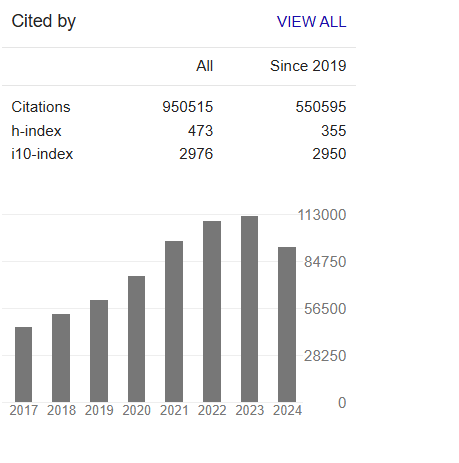Physicochemical Parameters and Microbial Community in Anaerobic Digestion of Organic Wastes
Abstract
Stella Suanu Leh-Togi Zobeashia, Peter Olabisi Abioye, Udeme Joshua Josiah Ijah, Oluwafemi Adebayo Oyewole
The demand for an alternative source of energy and challenge of increase in wastes pollution initiates the need for renewable energy and management of waste using anaerobic digestion (AD). Anaerobic digestion is an effective and efficient method of waste treatment and energy generation. The study focused on investigating the physicochemical parameters and microbial community in anaerobic digestion of organic wastes and was conducted using chicken wastes and food wastes as organic substrate under semi-continuous conditions at hydraulic retention time (HRT) of forty-two (42) days in fifteen liter (15L) fabricated digesters labeled D1, D2 and D3 at 37OC. The pH, volatile fatty acid (VFA), moisture content (MC), total ammonia, total solid, volatile solid, alkalinity was assessed before and after digestion while the microbial community diversity was analyzed using 16S rRNA amplicon-based nextgeneration sequencing (NGS).
The results indicated a pH value of 6.65 ± 0.12, 7.27 ± 0.13, 6.43 ± 0.27, volatile fatty acid of 72.17 ± 1.42, 58.35 ± 2.58, 40.56 ± 0.38 and moisture content of 98.9 ± 2.65, 92.3 ± 1.81, 96.4 ± 3.60 at day 42 for D1 (Chicken waste and food wastes), D2 (Chicken wastes+), D3 (control) respectively. A collective biogas yield of 686±17.00 kpa for D1, 700±11.00kpa for D2 and 521±21.00 kpa for D3 were recorded. The characterization of biogas analyzed with nondispersive infrared (NDIR) gas analyzer (gas board 3100p) revealed a percentage methane content of 46.11±1.11, 52.4±1.05, 50.31±1.33 for D1, D2 and D3 respectively. The microbial community identified phylum Bacteroidetes, Firmicutes, proteobacteria, Tenericutes, Verrucomicrobia, Actinobacteria, Euryarchaeota among others. The study shows that physicochemical properties and microbial community diversity are useful tools to indicate digester performance and also to enhance anaerobic digestion process.



